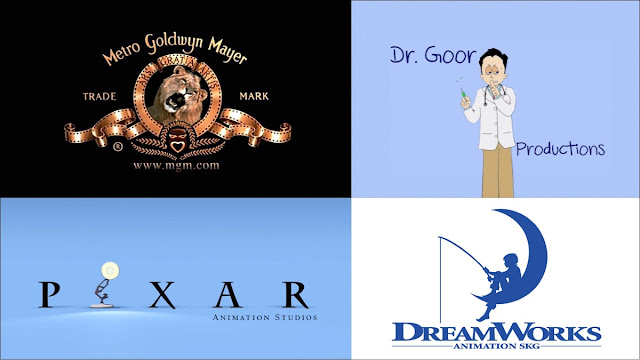Best Production Company Logos and Title Cards

POST PRODUCTION TIPS: Best Production Company Logos and Title Cards By: Michael French Looking to brand, or rebrand, your production company? The good work you do will build your reputation in the industry. But for those that don’t know you already, a solid logo and title card will be what builds awareness. So, let’s get to the heart of what makes the best logo and title card. BE UNIQUE – While it’s wise to look at other brands for best practices and inspiration, do not be derivative of another logo. Apply what makes their logo exciting to your own, fresh idea. CATCH THE EYE – Find one strong element of attraction that will engage the viewer. Just one that makes them look a little longer and take it in. Too many competing elements will result in a jarring jumble of focal points. EMBODY YOUR PERSONALITY – You don’t want people to just know your name, you want them to know what you are all about; how they should feel about you. For exampl...
